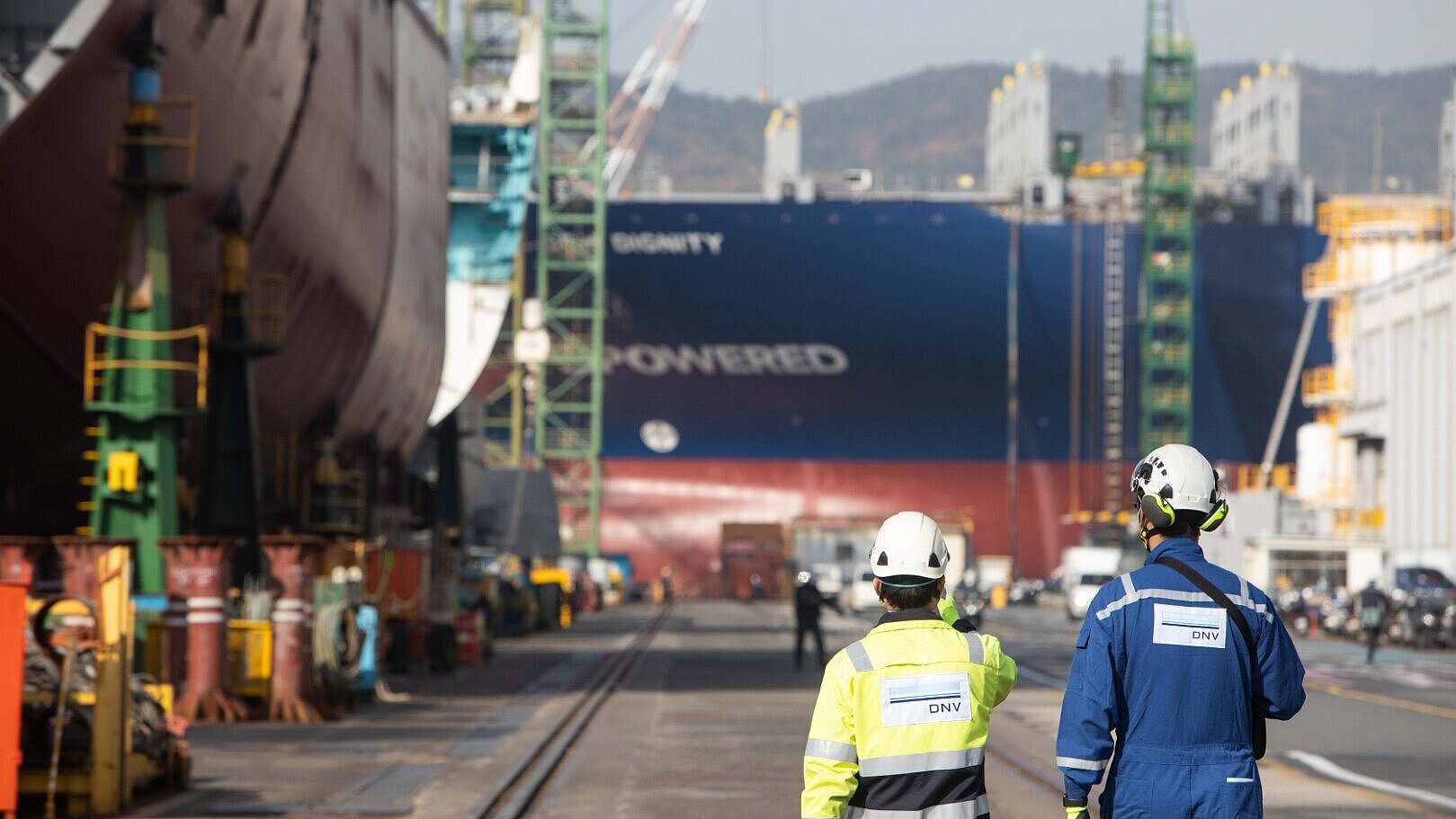
DNV launches new CCS de-risking specification

CCS could grow to cover 6% of global emissions, DNV projects (Source: DNV)
Following the conclusion of DNV's recent research on carbon capture and storage (CCS), DNV is seeking to ‘de-risk’ these investments with a new service specification (DNV-SE-0696) for the verification of CCS systems and facilities.
The measure defines risk-based verification levels (high/medium/low) for CCS subsystems, from CO₂ capture to temporary storage, and addresses CCS-specific challenges such as material selection and CO₂ liquefaction.
"CCS is no longer a niche technology – it’s a decarbonisation imperative," said Lucy Craig, senior vice president, Growth, Innovation and Digitalisation, Energy Systems, DNV. "DNV-SE 0696 gives developers a clear roadmap to verify facility integrity, reducing uncertainties that could delay final investment decisions. This is how we accelerate the energy transition pragmatically."
According to DNV’s Energy Transition Outlook: CCS to 2050, released this month, land and shipborne CCS is projected to grow from 41 megatonnes of CO2 per year today to 1,300 megatonnes in 2050, mitigating some 6% of global CO₂ emissions. DNV expects the adoption of CCS technology by the shipping industry will not only speed up the rollout of the technology across land and offshore power plants, but also contribute to its maturity and efficiency.
